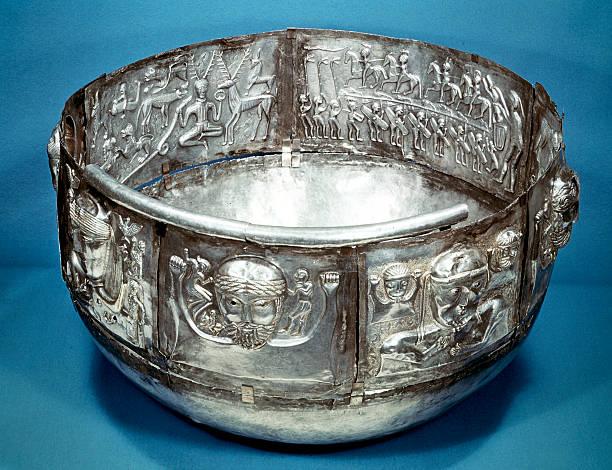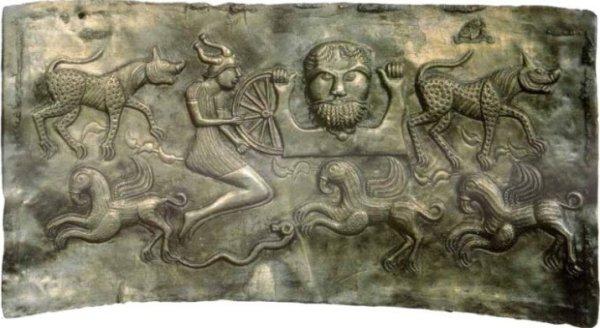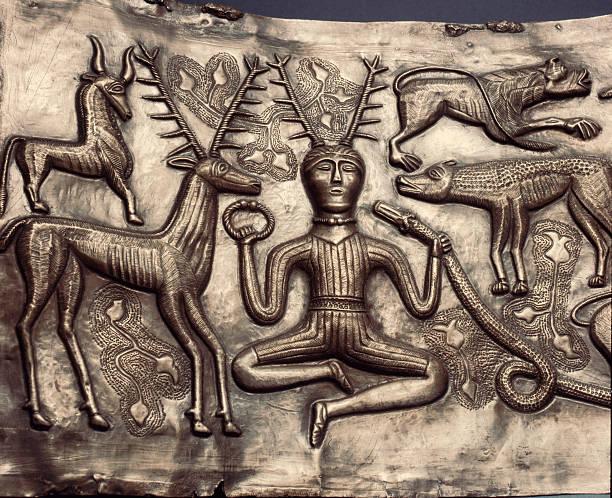Who is Cernunnos?
Cernunnos is a deity that was worshiped by the ancient Celtic peoples of Europe. He is often depicted as a horned figure and is associated with wild animals, fertility, and the natural world. Cernunnos was revered as a god of abundance and wealth, and was thought to have the power to grant fertility and prosperity to both humans and the land.
The name "Cernunnos" is derived from the Gaulish word "cernon," which means "horned." This name is thought to be a reference to the antlers that are often depicted on images of the deity. Despite being a well-known figure in Celtic mythology, there is limited historical information available about Cernunnos and his worship, as the Celts did not leave behind any written records of their religious practices.
Despite this, Cernunnos has been depicted in a number of ancient artifacts, including the Gundestrup cauldron, which is a silver vessel that was discovered in Denmark in the 19th century and is now housed in the National Museum of Denmark. The cauldron features several images of Cernunnos, including one where he is depicted as a horned figure holding a torc (a type of neck ring) in one hand and a serpent in the other.
Today, Cernunnos is still revered by some Neopagan and Celtic Reconstructionist communities, who see him as a symbol of the natural world and the connection between humans and the earth. They celebrate his festival on the winter solstice, when they honor him as a god of fertility and life.
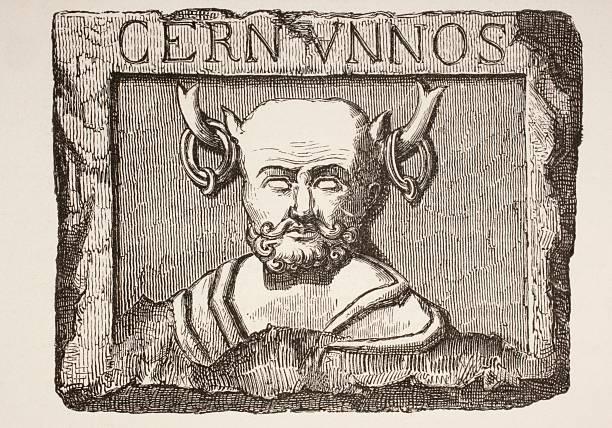
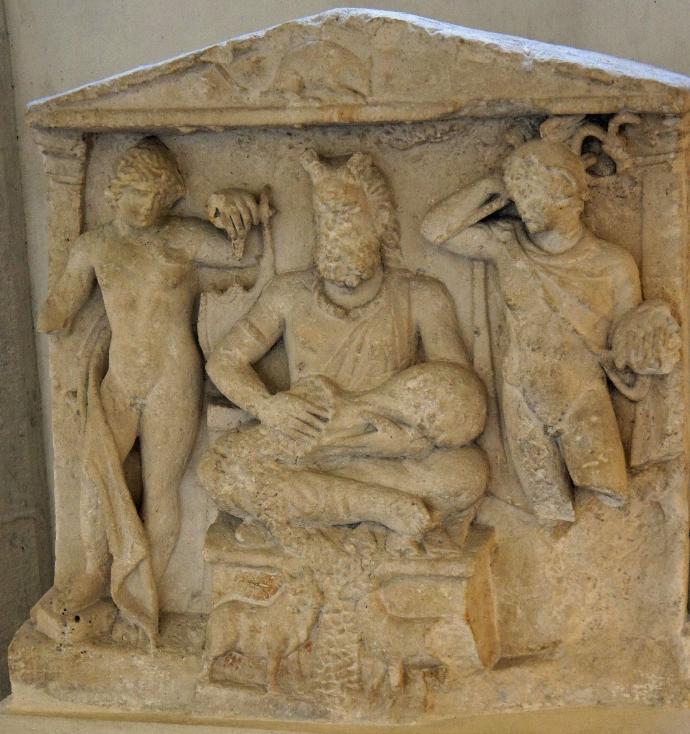
The image of Cernunnos has been depicted in a number of ancient artifacts, including:
-
The Gundestrup cauldron: This is a silver vessel that was discovered in Denmark in the 19th century and is now housed in the National Museum of Denmark. It features several images of Cernunnos, including one where he is depicted as a horned figure holding a torc (a type of neck ring) in one hand and a serpent in the other.
-
The Pillar of the Boatmen: This is a Roman monument that was discovered in Paris, France in the late 19th century. It features an image of Cernunnos sitting cross-legged with a torc around his neck and a serpent at his feet.
-
The Târgu Mureș relief: This is a Roman relief that was discovered in Târgu Mureș, Romania. It features an image of Cernunnos holding a torc in one hand and a bag of money in the other.
-
The Nîmes relief: This is another Roman relief that features an image of Cernunnos. It was discovered in Nîmes, France and is now housed in the Musée des Beaux-Arts in Nîmes.
-
The Cernunnos of Chamalières: This is a bronze statue of Cernunnos that was discovered in Chamalières, France. It depicts the deity as a horned figure sitting cross-legged with a torc around his neck.
These artifacts provide valuable insights into the appearance and role of Cernunnos in ancient Celtic culture and religion. They demonstrate that Cernunnos was a well-known figure who was widely worshiped and revered by the ancient Celts.
